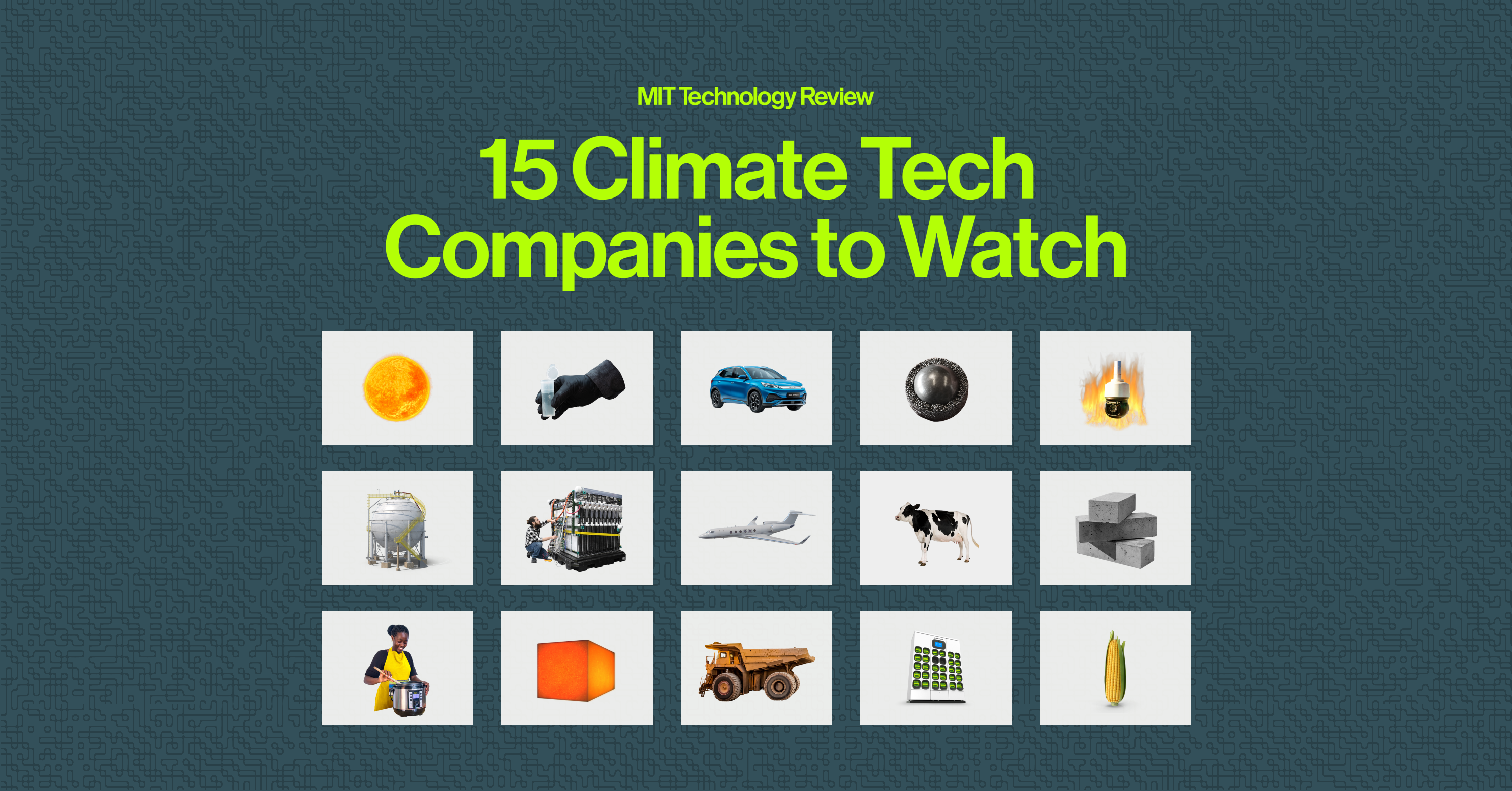2024 Climate Tech Companies to Watch: Gogoro and its battery-swapping network for electric scooters
The company has thousands of battery-swapping stations throughout Taiwan and is expanding internationally.
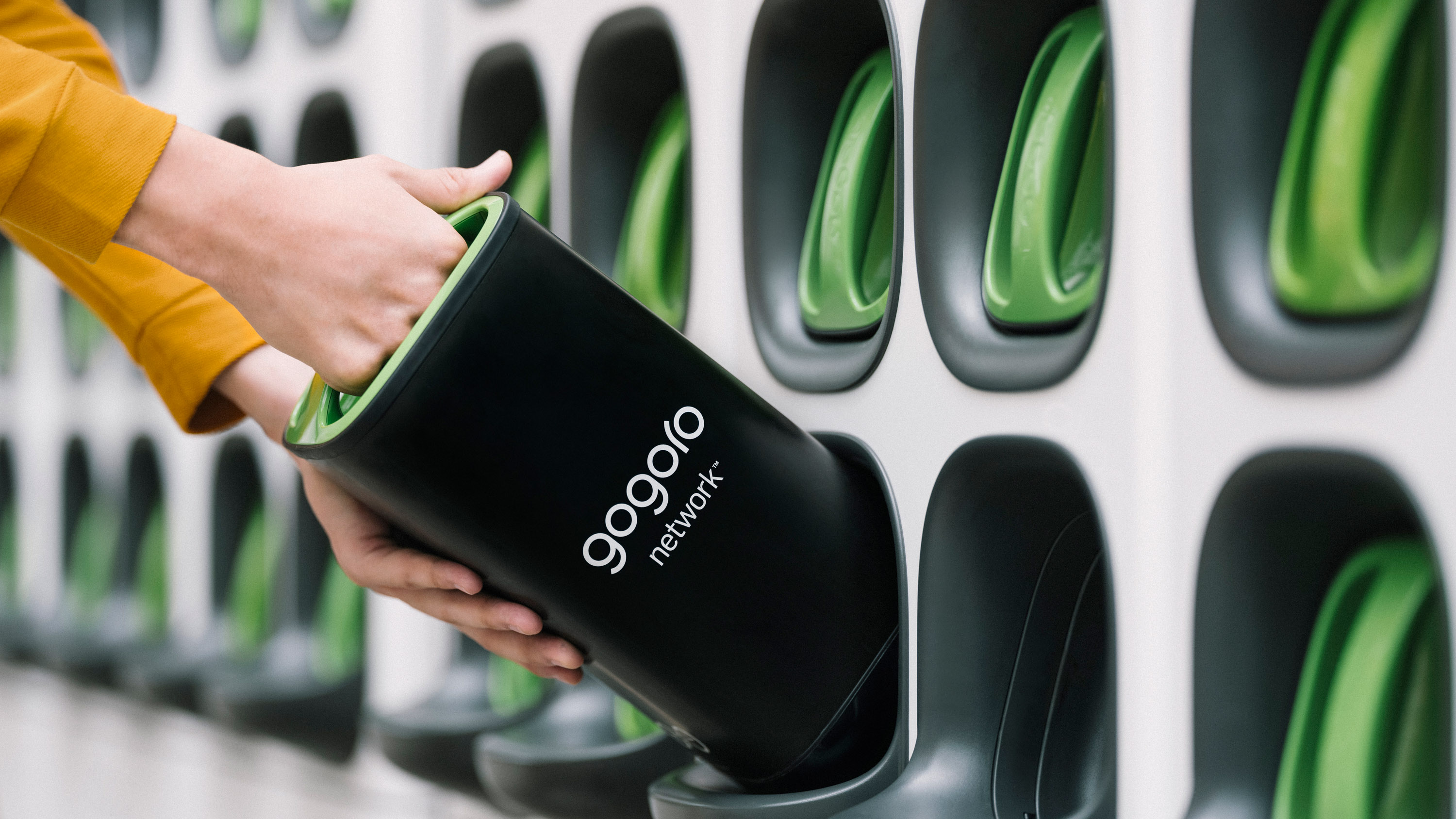
Electric vehicles can take a long time to charge up, and places to do so can be hard to find. Gogoro’s innovative technology offers a quick and easy way to swap drained batteries for charged ones at a growing number of stations worldwide.
When a magnitude 7.4 earthquake rolled through Taiwan in April, it was the biggest to hit the island in more than a century. Hundreds of Gogoro battery-charging stations did something pretty amazing in response: They automatically powered down to reduce strain on the grid. That saved enough electricity to power thousands of homes until the grid came fully back online. And it all happened without human intervention, thanks to the company’s network of AI-powered battery-swapping stations located all over the island.
A big challenge with the transition to EVs is making sure it’s easy and fast to charge them up, no matter where you are. Charging stations can be hard to find, and if you plug into a wall (or even a standard charger), it can take hours to fully refill a battery. Gogoro has tackled these related issues by building out a network of thousands of battery-swapping stations throughout Taiwan, where scooters (think Vespa, not Razr) far outnumber cars. Instead of recharging, customers roll up, grab a new battery, and get back on the road again in less time than it takes to fill up a tank with gas.
Now Gogoro is bringing that system online throughout the world, with locations in India, China, Colombia, and the Philippines, among other countries. Key to its success is the complete ecosystem it has created. Gogoro manufactures both scooters and batteries; the latter power not only its own vehicles but also those made by Yamaha, Suzuki, and various other local manufacturers worldwide. It also maintains a fleet of rideshare scooters available to rent (which the company made free in the aftermath of the earthquake until Taipei’s public transit system came back online). And the whole system is tied together by more than 13,000 battery-swapping stations found at 3,000 locations throughout the world.
Key indicators
- Industry: Electric vehicles
- Founded: 2011
- Headquarters: Taipei, Taiwan
- Notable fact: Riders can exchange empty batteries for fully charged ones in less than six seconds at Gogoro’s battery-swapping stations.
Potential for impact
A key challenge of transitioning away from fossil fuels is competing with the price and ubiquity of gasoline. Thanks to its network, Gogoro has made electric micro mobility vehicles convenient, efficient, and affordable, so they offer a real alternative to filling up at the pump. In fact, there are now more Gogoro stations in Taipei than gas stations.
Moreover, those stations are not only convenient but environmentally friendly. They’re able to act as virtual power plants: They can draw power during times when grid usage is low (such as at night), return power to the grid when usage is high, and even supply backup power in case of emergencies like an earthquake or typhoon. More than 1,000 Gogoro stations now do double duty in this way.
Finally, when the company’s batteries reach the end of their life for powering scooters, they can be redeployed as backup power packs for traffic lights, streetlights, and other electrical infrastructure.
Caveats
For the company to grow and have a real impact on global emissions, it has to build networks like the one in Taiwan throughout the rest of the world. That’s incredibly capital intensive. It also means Gogoro will need to work closely with local governments, adapt to varying international regulations, redesign its vehicles to meet local consumer preferences, and partner with other manufacturers and grid power providers. It’s a tall order. The company’s rollout in India is facing delays as it awaits clarity from regulators on which subsidies will be made available. And although Gogoro can start small in new markets, if the company’s infrastructure does not keep pace with demand there, customers could be hard pressed to find fully charged batteries.
What’s more, while Gogoro’s model works well in densely populated urban areas, it faces significant challenges in suburbs and rural areas. And the company’s biggest competitor of all may be cheap gasoline—especially in countries like the US or Indonesia.
Next steps
Gogoro continues to push into new markets, according to Jason Gordon, the company’s vice president of communications. “Following launches in India and the Philippines in late 2023, Gogoro has continued our expansion in 2024 with launches in Bogota, Colombia; Singapore; and Nepal,” he says, “with Santiago, Chile, planned for later this year.”
Correction: This story was updated to accurately state the number of battery-swapping stations that Gogoro has in Taiwan.
Explore the 2024 list of 15 Climate Tech Companies to Watch.
Deep Dive
Climate change and energy
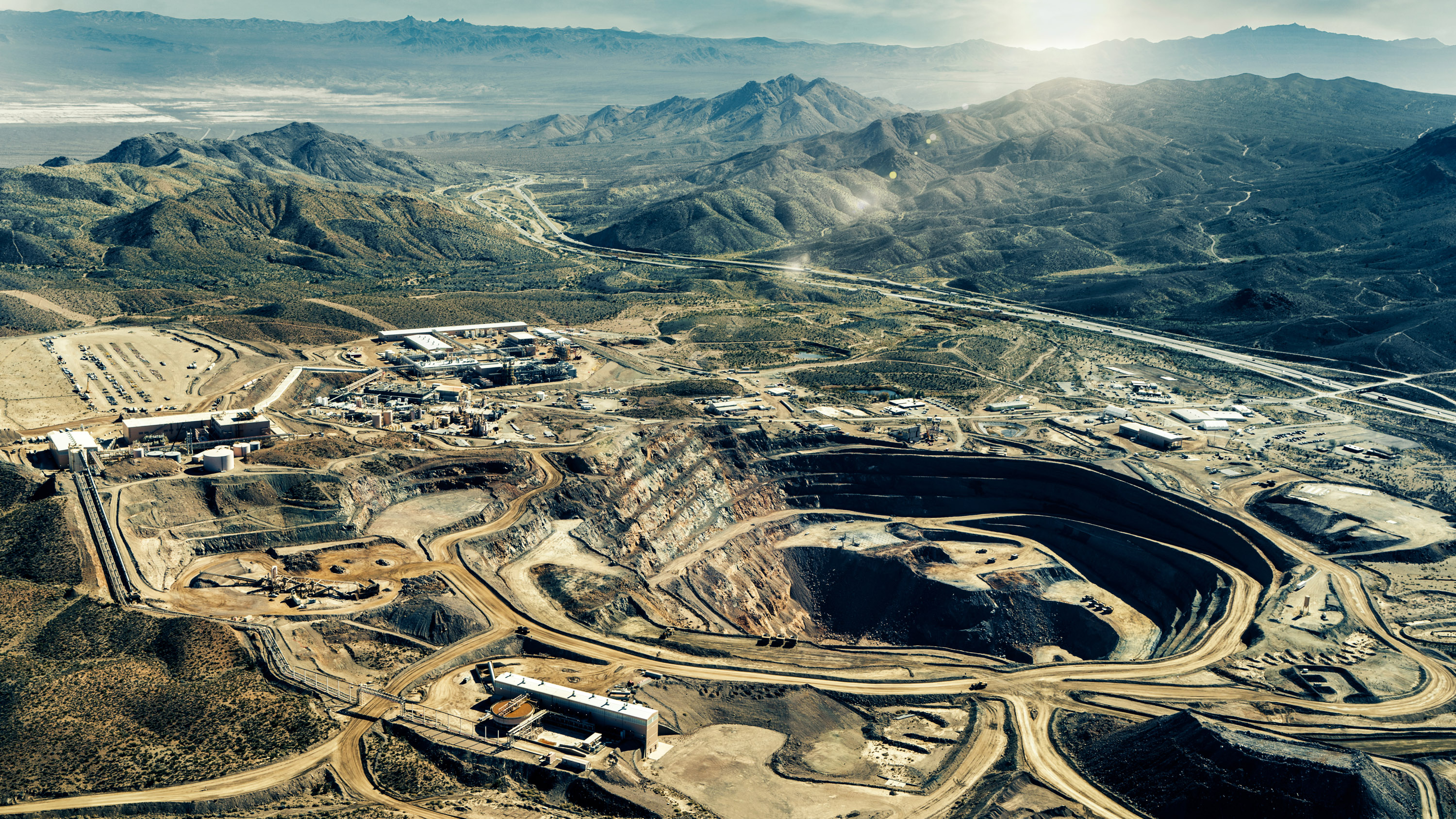
This rare earth metal shows us the future of our planet’s resources
The story of neodymium reveals many of the challenges we’ll likely face across the supply chain in the coming century and beyond.
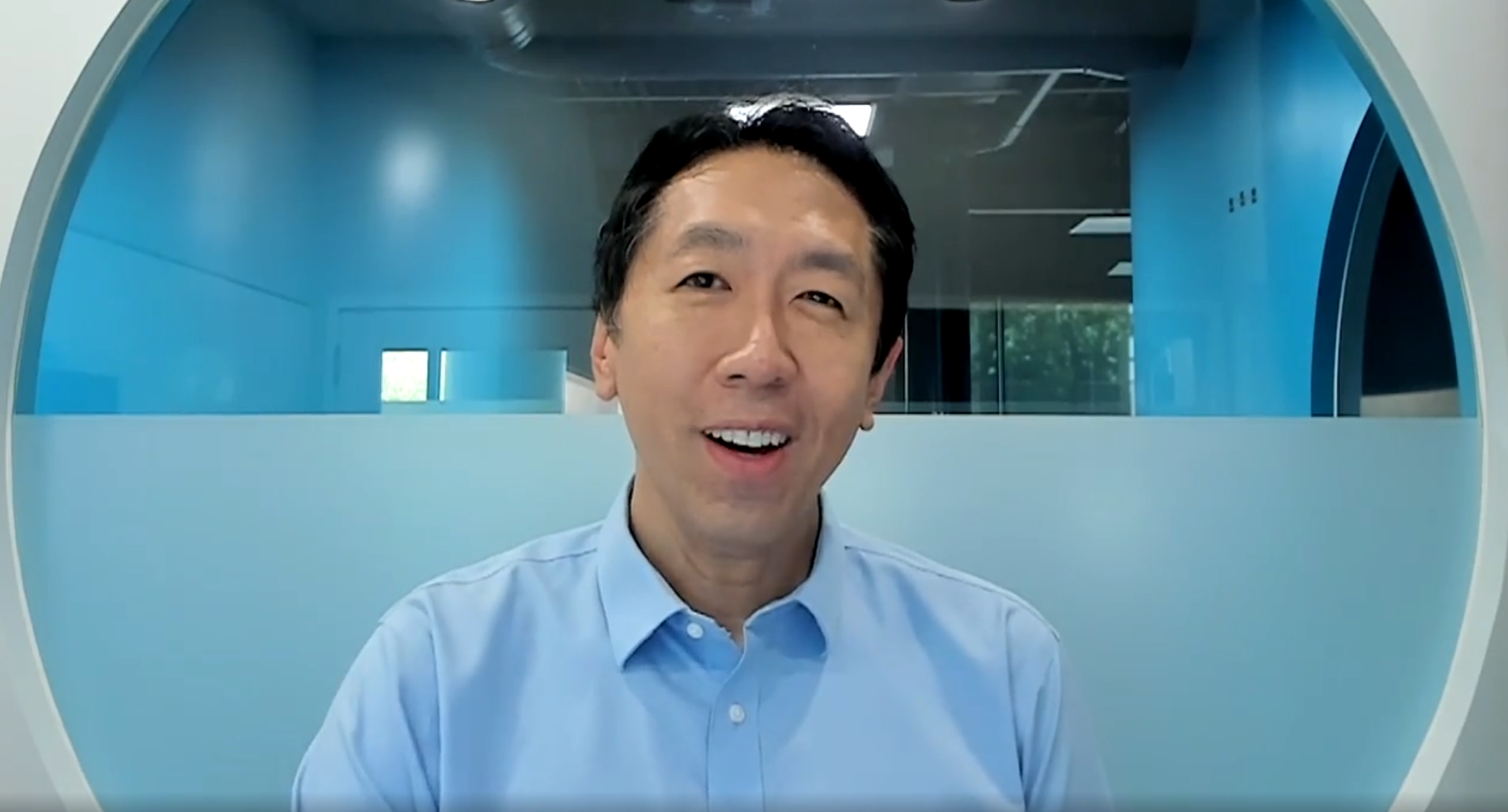
Andrew Ng’s new model lets you play around with solar geoengineering to see what would happen
The climate emulator invites you to explore the controversial climate intervention. I gave it a whirl.
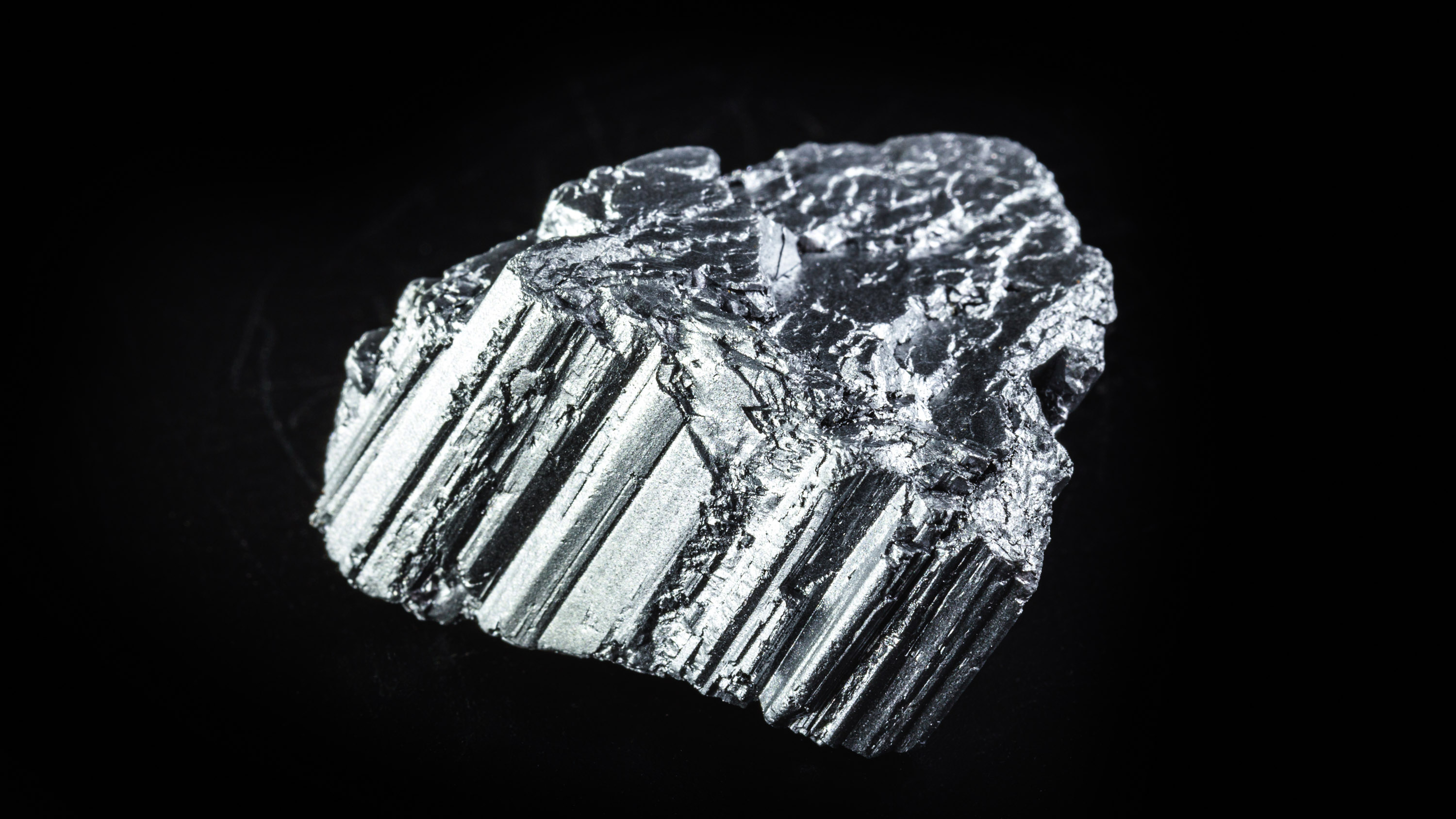
Want to understand the future of technology? Take a look at this one obscure metal.
Here’s what neodymium can tell us about the next century of material demand.
Stay connected
Get the latest updates from
MIT Technology Review
Discover special offers, top stories, upcoming events, and more.
